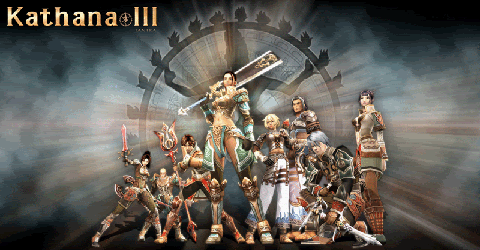A lot of gamers complain about lag and frequent disconnections and are always quick to blame GM's for their incompetence without even stopping for a second to check where the problem stems from.
When experiencing lag and/or disconnections from the game, try to determine the kind of lag you are experiencing. If you try to attack a monster and the damage that registers is delayed, the problem is either with the server or your internet connection. If the lag appears like the game slows down, character movement slows down, the trouble is from your computer.
To check my internet connection, what I usually do is ping google. Why google? Because it virtually never has a downtime. You can ping your DNS instead if you want to but I find it taxing to memorize IP's. Anyway, to ping google, this is what you do. Go to START --> RUN and then type in
ping www.google.ph -t
The -t syntax allows the command to run until it's stopped. After typing in the command, press ENTER and an MS DOS window will appear
From here you can see that 64.233.189.99 is the IP of google.ph. The first line indicates that the test packets (32 bytes each in size) were sent to 64.233.189.99 and came back in 108 milliseconds. TTL stands for Time to Live and defines how long your ping requests bounce around before expiring. There are a number of error replies that you could receive but the one you should watch out for is Request Timed Out because that would mean you are having an intermittent internet connection and that might be causing your disconnection.
Another trick I can suggest is to increase your page file. When setting up your PC, the major things gamers often consider is the processor, the RAM, and the video card. While running a game smoothly will greatly depend on those, one of the things that people often overlook is the page file. A page file is a section in your hard disk that Windows creates upon installation. It is by default, 1.5 times the size of your ram so if you have 512mb of ram, you will have around 1.5gig of page file. Basically, the page file is the virtual memory that Windows uses in case it runs out of RAM. You can increase your system's page file depending on the available space on your hard disk. The page file is ideally placed on a drive that is seldom accessed by Windows. To change your page file size, all you have to do is right click MY COMPUTER and click on PROPERTIES then select the ADVANCED TAB.
From the ADVANCED tab, under Performance, click on Settings. 
While you're here, you might want to set your Visual Effects Settings. If you would rather have a fast computer than one that has animated windows and moving buttons, you could set your Visual Effects Settings to Adjust for best performance. 
Click on the Advanced Tab and look for the Change Button under Virtual Memory. You can experiment with the maximum size since Windows will tell you up to how much Page file you can allocate. As I said, it depends on how much free hard disk space you have so you're on your own here. Click on Set after you've entered the numbers and then click OK. You would have to restart so the changes would take effect. 
Another tweak you can do is to stop some Windows services. To do this, just go to START --> CONTROL PANEL --> ADMINISTRATIVE TOOLS --> SERVICES.
If you don't have a wireless setup you can turn off Wireless Zero Configuration.
If you don't use Windows themes you can turn off Themes.
Terminal Services allows multiple users to be connected interactively to a machine as well as the display of desktops and applications to remote computers. The underpinning of Remote Desktop (including RD for Administrators), Fast User Switching, Remote Assistance, and Terminal Server). If you don't use any of these services, you can turn them off as well.
If you are not connected to a network and you do not use file or print sharing, you can turn off Server.
You can search google for more info about Windows Services but these are all that I've tried.




